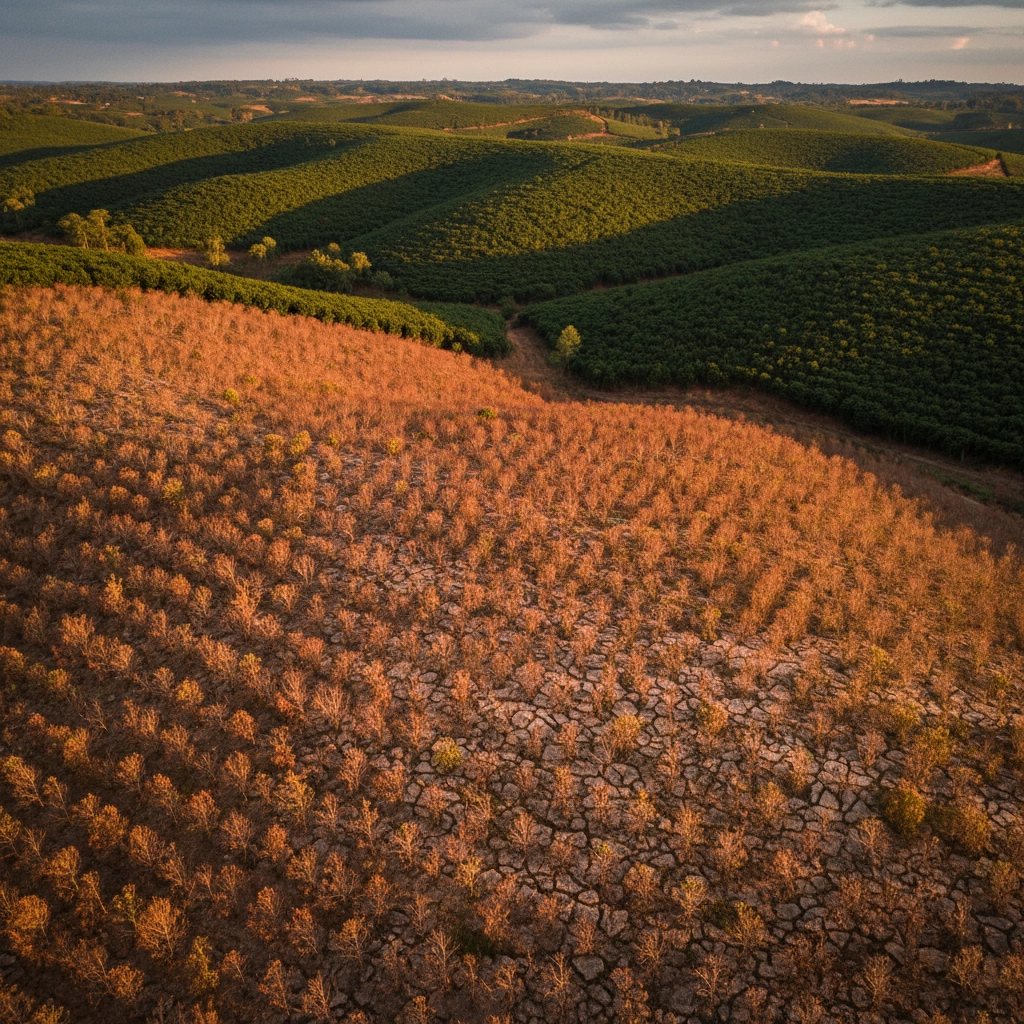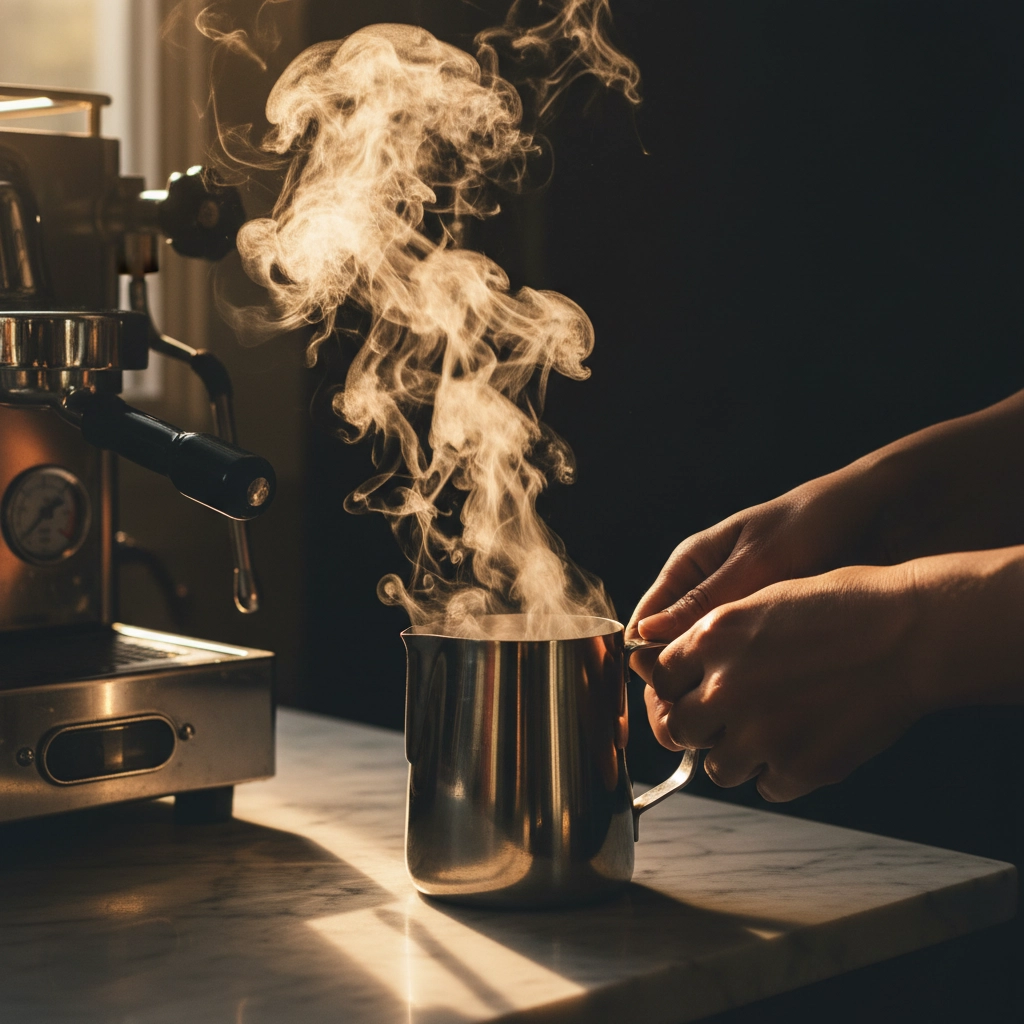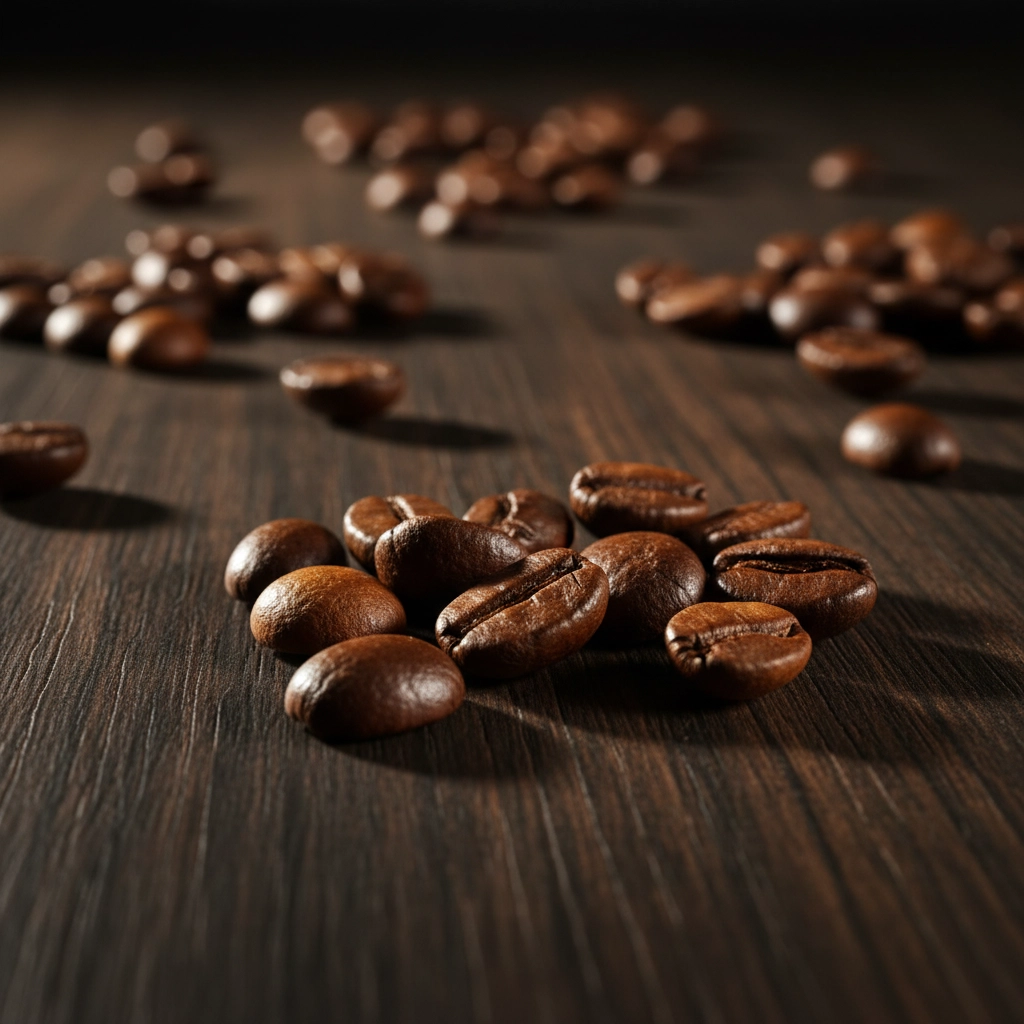If you've been feeling the pinch at your local coffee shop lately, you're not imagining things. Coffee prices have skyrocketed in 2025, with Arabica beans hitting $3.48 per pound in January—a jaw-dropping 79% increase from the previous year. As of late August, coffee futures continue climbing to over $393 per pound, representing a 59% increase compared to last year.
But here's the thing: you don't have to sacrifice your daily coffee ritual or settle for subpar brews just because the market is going crazy. With some smart strategies and a bit of know-how, you can still enjoy premium coffee without breaking the bank.
Why Coffee Prices Are Through the Roof
Understanding what's driving these price increases can help you make better decisions about your coffee spending. The perfect storm hitting the coffee world right now isn't just about one thing—it's a combination of factors that have created serious supply challenges.
Climate Change is the Biggest Culprit
Brazil, which produces about one-third of the world's coffee, has been hammered by severe drought conditions. These aren't just affecting how much coffee they can grow—they're also reducing bean size and overall quality. When your biggest supplier can't deliver the goods, prices naturally shoot up.
It's not just Brazil, either. Vietnam, Colombia, and other major coffee-producing countries are dealing with erratic rainfall, extended dry periods, and unexpected frosts. Coffee plants are incredibly sensitive to temperature and weather changes, and climate change is forcing many producers to move their operations to higher elevations, which increases costs significantly.

Economic Pressures Add Fuel to the Fire
Rising inflation has made everything more expensive—from fuel for transportation to wages for workers. Geopolitical tensions and potential trade disputes have added uncertainty to supply chains, making it harder for roasters and retailers to plan ahead and secure stable pricing.
Smart Home Brewing: Your Best Investment
The most effective way to combat rising coffee prices is to become your own barista. While that $5 latte might not seem like much, it adds up to $1,825 per year if you buy one every day. Compare that to brewing at home, where even premium beans work out to about $0.50-$1.00 per cup.
Start with Quality Equipment
You don't need to spend thousands on a commercial espresso machine. A good quality drip coffee maker, French press, or pour-over setup can produce exceptional results. The key is consistency—once you dial in your preferred brewing method, you'll get cafe-quality coffee every single time.
A burr grinder is probably the best investment you can make. Freshly ground beans make an enormous difference in flavor, and grinding right before brewing preserves the oils and aromatics that give coffee its complex taste profile.
Master the Milk Game
One of the biggest markup items at coffee shops is specialty milk drinks. Learning to steam and froth milk at home can recreate that creamy, luxurious texture without paying premium prices. You can use a stovetop method, French press, or even shake milk vigorously in a sealed jar to create decent foam.

Strategic Buying and Storage
Think Bulk, But Store Smart
Buying larger quantities typically reduces your per-unit cost significantly. Five-pound bags often offer better value than smaller packages, but only if you can store them properly. Coffee's biggest enemies are air, light, heat, and moisture.
Divide large purchases into weekly portions and store them in airtight containers. Keep your main stash in a cool, dark place, and only take out what you need for one to two weeks at a time. Some people freeze coffee beans, which can work if you seal them properly and thaw them completely before grinding.
Subscription Services Can Save Money
Many roasters offer subscription services with discounts for regular deliveries. These often include free or reduced shipping costs and ensure you're getting freshly roasted beans delivered right after roasting. Fresh coffee tastes significantly better than beans that have been sitting on store shelves for weeks or months.
Finding Premium Value Options
Not all premium coffee comes with premium prices. The key is knowing where to look and what represents real value versus marketing hype.
Direct Trade and Local Roasters
Look for roasters who work directly with farms or cooperatives. These relationships often eliminate middleman markups while ensuring farmers get fair prices. Local roasters frequently offer better value than big chains because they have lower overhead and can pass those savings on to customers.
Focus on Quality-to-Price Ratio
Brazilian coffees, despite the current supply challenges, still offer excellent quality-to-price ratios. These beans provide rich, full-bodied flavors that work beautifully in both espresso and drip preparations. At Gently Ground Coffee, we've carefully selected Brazilian blends that deliver exceptional value without compromising on taste or quality.

Consider Coffee Blends
Single-origin coffees are trendy, but well-crafted blends can offer superior value. Blends allow roasters to balance flavors and costs, creating consistent profiles that often cost less than pure single-origin options while delivering complex, satisfying cups.
Brewing Techniques That Maximize Flavor
Getting the most out of your beans means perfecting your brewing technique. Small adjustments can make a huge difference in extraction and flavor, ensuring you're not wasting any of that expensive coffee.
Water Quality Matters
Coffee is 98% water, so your water quality directly affects your cup quality. If your tap water tastes chlorinated or has strong mineral flavors, it will carry those flavors into your coffee. Filtered water often produces noticeably better results and helps your equipment last longer.
Dial in Your Ratios
The standard coffee-to-water ratio is about 1:15 to 1:17 (1 gram of coffee for every 15-17 grams of water). However, these ratios can be adjusted based on your brewing method and taste preferences. Start with these guidelines and adjust stronger or weaker based on your preference.
Temperature Control
Water that's too hot will over-extract and create bitter flavors, while water that's too cool won't extract enough flavor compounds. Aim for water temperature between 195-205°F (90-96°C). If you don't have a thermometer, let boiling water sit for about 30 seconds before pouring.
Looking Ahead: Market Predictions
Industry analysts expect coffee prices to continue rising, with projections suggesting prices could reach over $400 per pound by the end of 2025. This makes implementing cost-saving strategies now even more important for maintaining your coffee habit without financial stress.
The good news is that these market conditions are pushing innovation in the coffee industry. Roasters are becoming more creative with blends, finding new ways to deliver quality at various price points. Technology is also helping, with better home brewing equipment becoming more affordable and accessible.
The Bottom Line
Rising coffee prices don't have to mean the end of your premium coffee experience. By investing in home brewing equipment, buying strategically, and focusing on value-driven options, you can maintain—and even improve—your daily coffee ritual while spending less money.
The key is taking control of your coffee preparation process. Not only will you save money, but you'll also develop a deeper appreciation for the craft of coffee making. Plus, there's something incredibly satisfying about creating that perfect cup in your own kitchen, exactly the way you like it.
Remember, good coffee doesn't have to be expensive coffee. With the right approach, you can navigate these challenging market conditions while continuing to enjoy the premium flavors that make your morning—and your day—better.




